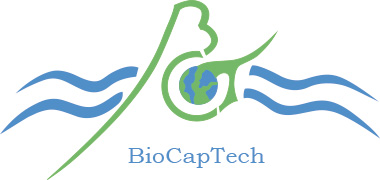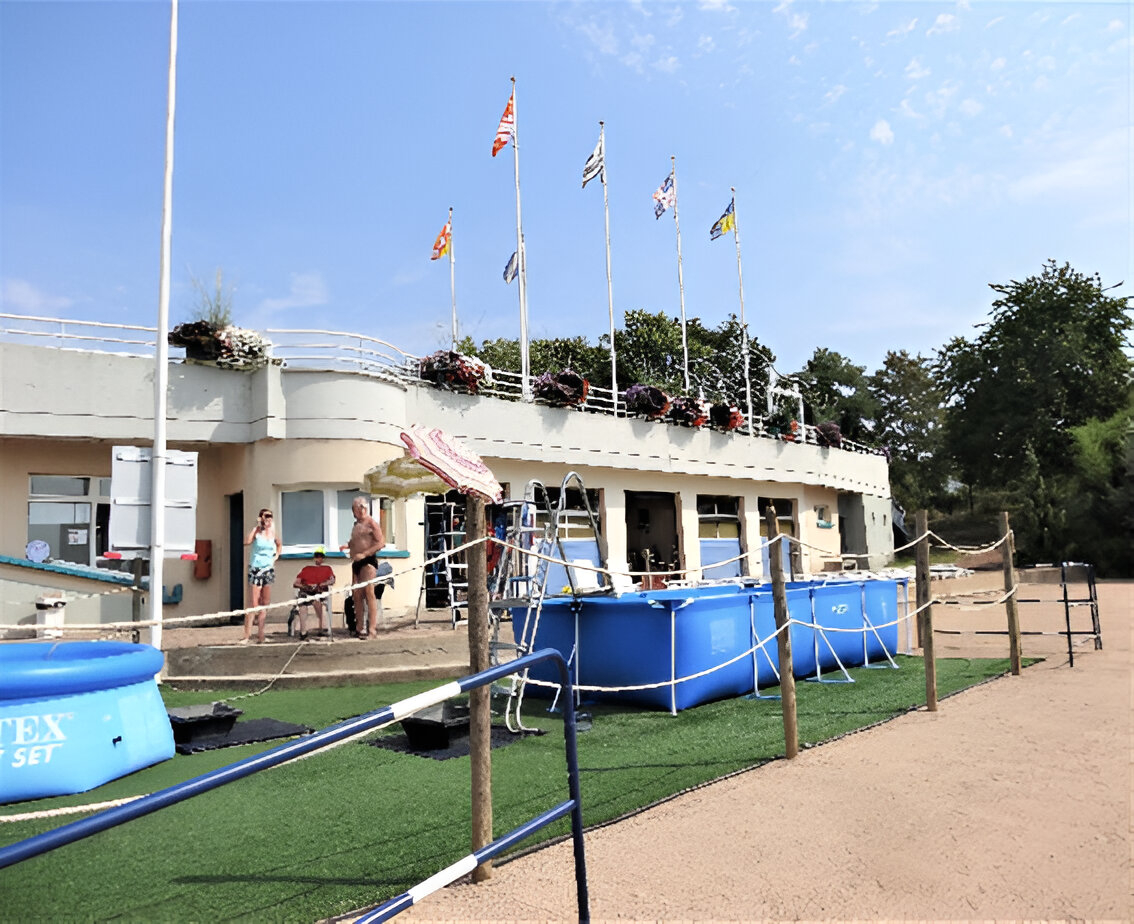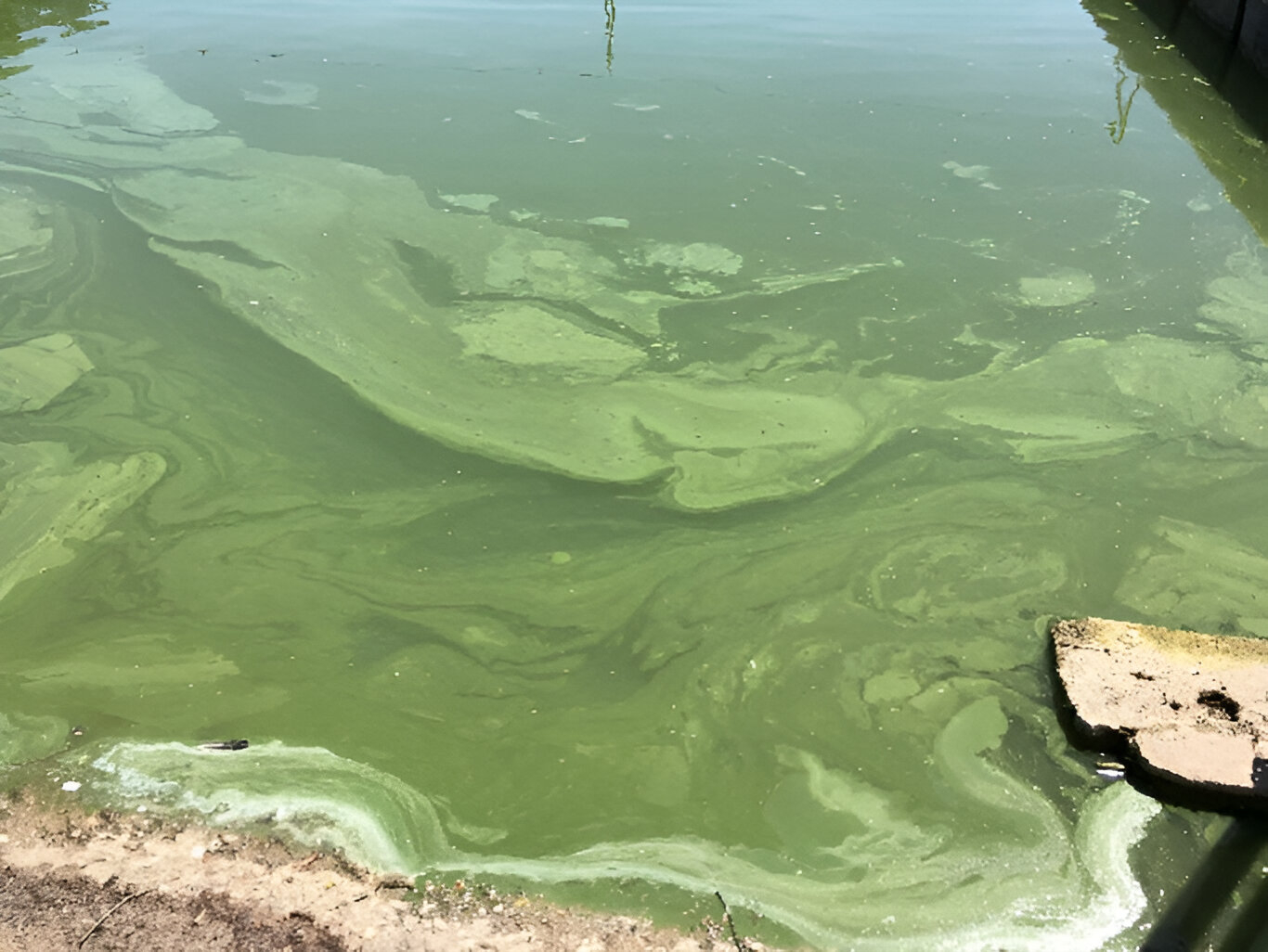
algae, and aquatic plants








La Ballastière, an 8-hectare water body located in Hagondange, experienced environmental degradation between 2017 and 2020, requiring increased health monitoring and the suspension of certain activities such as swimming from July 2020.
On July 29, 2020, BioCapTech observed the development of cyanobacteria and contacted the municipality to propose conducting an assessment of La Ballastière's condition before proceeding with a blind treatment.
As part of this assessment, BioCapTech conducted four seasonal hydrobiological studies from autumn 2019 to summer 2020. By considering the treatments carried out since 2017, the consequences of treatments using denitrifying bacteria on the balance between nitrate and phosphorus concentrations were identified.
When considering only chlorophyll concentration during the cyanobacteria bloom peak, the trophic state of the water would be hyper-eutrophic. However, nitrate concentrations indicate excellent biological potential, revealing a very complex physicochemical situation.
BioCapTech proposed specific measures to restore the balance between nitrogen and phosphorus compounds and to combat the proliferation of cyanobacteria using a natural allelopathic substance.
On June 19, 2020, BioCapTech performed a dual treatment: first, with the allelopathic substance to eliminate cyanobacteria, and three hours later, with a compound to treat phosphates. The effectiveness of this treatment was limited, with aquatic activities prohibited in summer 2020 due to a significant bloom of toxinogenic cyanobacteria, even leading to fish mortality (08/19/20).
In 2021, BioCapTech developed a new treatment strategy, implementing dual treatment: in April, granular allelopathic substance was applied to limit the emergence of benthic cyanobacteria spores, and in May, a mixture of compounds reduced water turbidity and precipitated a portion of the phosphorus. To prevent a cyanobacteria bloom, a powder treatment with "BioSol" allelopathic substance was applied on 08/12/21. In 2021, the prevention of a significant cyanobacteria bloom led BioCapTech to recommend repeating this combination of treatments in 2022.
In 2022, to better target the critical period, BioCapTech conducted 50 weekly studies on phytoplankton chlorophyll concentrations and the physicochemistry of La Ballastière's water. Experimental treatments followed the 2021 model, showing significant effectiveness with increased green algae abundance and reduced cyanobacteria presence.
In spring 2023, an early treatment with a nitrate-based compound was carried out on June 20, two months earlier than the previous year's treatment due to early June heatwaves. Weekly monitoring, as in 2022, will determine whether allelopathic treatment is necessary at the appropriate time.
Based on BioCapTech's results, it is demonstrated that treating La Ballastière requires a chronological and adaptive approach to combat cyanobacteria proliferation. Hydrobiological studies conducted by BioCapTech allowed treatments to be adjusted and new strategies to be developed, promoting beneficial species while reducing toxinogenic cyanobacteria. These efforts aim to restore La Ballastière's ecological balance, preserve aquatic biodiversity, and maintain leisure activities: city-center walks, animal watering, fishing, triathlon, sailing races, and pyrotechnic events on the water. These activities are conducted under ARS regulatory supervision and BioCapTech experiments authorized by ANSES.
“The art of causing others to suffer.” “A form of poisoning at a distance, blocking germination and growth.” “Allelopathy encompasses various biochemical interactions, direct or indirect, positive or negative, of one plant on another (including microorganisms).” A true "molecular war" between species or within the same species.